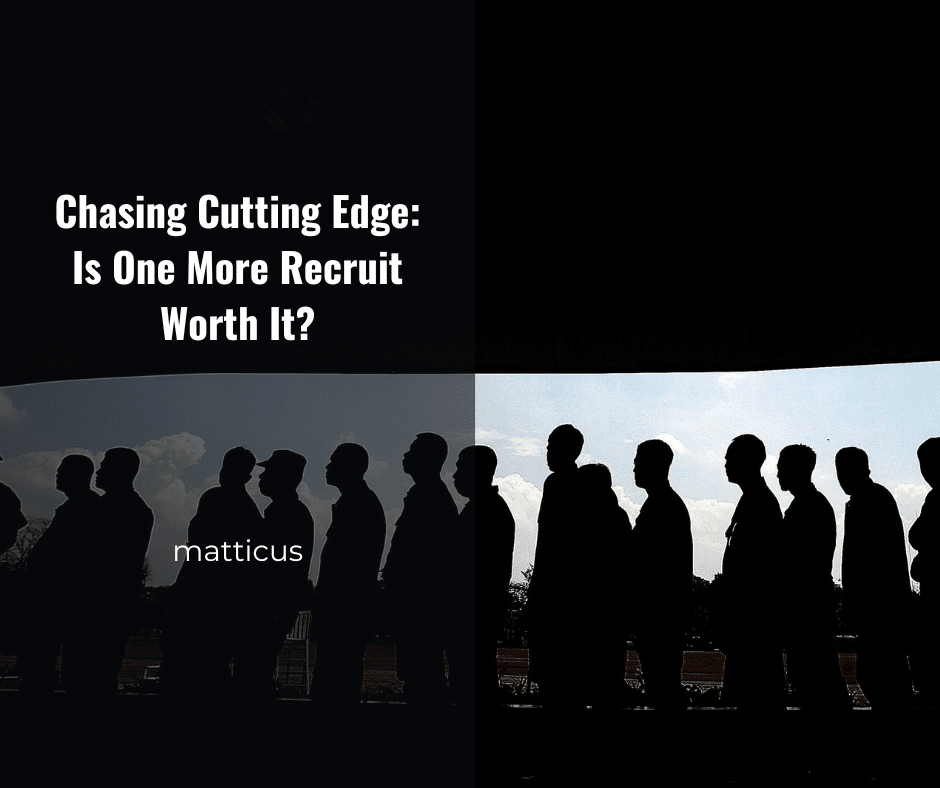We had a raider recently who didn’t even realize we’ve been using raid plans the entire season.
Slide numbers were being called out, cooldown assignments had been posted, and key positioning diagrams had been up for every major encounter. Yet somehow, this person (who had been with us for multiple weeks) acted like it was brand new information.
Look, mistakes happen. Miscommunication happens. But this wasn’t a one-off moment of confusion. It was part of a larger pattern.
And it reminded me of a concept from the book Extreme Ownership by Jocko Willink and Leif Babin: the “tortured genius.”
The Problem with “Tortured Geniuses”
This isn’t about someone dealing with mental health challenges or emotional instability. In the context of leadership, a “tortured genius” is the person who’s talented but toxic.
- They never accept responsibility.
- They always have an excuse.
- They point fingers the moment something goes wrong.
- They’re too good to follow instructions, but never at fault when things break down.
- And they assume their DPS or logs are enough to justify any lack of accountability.
These players are a trap. They often look good on paper, and they might even be “top performers.” But they are absolutely corrosive to your team if left unchecked.
What You Tolerate Becomes the Standard
One of the most powerful lines in Extreme Ownership is this:
“It’s not what you preach, it’s what you tolerate.”
You can talk about standards all day. You can write raid plans, post cooldown assignments, link guides, and review logs. But none of it means a damn thing if your actions don’t match your words.
If you let someone show up unprepared, ignore instructions, dodge feedback, and stay in the raid team week after week, then that becomes your standard.
The rest of your team sees it. And whether they say something or not, they’re thinking:
Why should I bother putting in the effort if that guy doesn’t have to?
Red Flags: How to Spot the Behaviour Early
Sometimes you don’t realize what’s happening until the damage is done. Here’s what to look for before it gets to that point:
- They aren’t in Discord for strategy discussions.
- They never reference or acknowledge raid plans.
- They need constant reminding of their assignments.
- They respond to feedback with sarcasm, excuses, or silence.
- They do well on meters, but that’s where their contribution ends.
If you’re seeing this, you’ve got a “tortured genius” on your hands. And it’s time to deal with it.
How to Handle It (Without Nuking Morale)
Start with a direct 1:1 conversation. Be clear, but not confrontational.
“We’ve noticed a consistent pattern of missed prep and dodged feedback. That’s not going to fly on this team.”
Lay out your expectations: reading plans, owning mistakes, showing up to strategy sessions, and staying engaged with the team. These aren’t optional, they’re the baseline.
If they want to improve, give them the tools. Offer a second chance. Track their behaviour over a week or two. But if nothing changes?
You already know what needs to happen.
Removing a high-output player who’s dragging down team culture is addition by subtraction. You don’t build a CE-calibre team by tolerating passengers with attitudes.
Culture Over Numbers
Cutting someone isn’t about drama or proving a point. It’s about setting the tone.
If you want your team to value preparation, ownership, and collaboration, you have to reinforce that with actions. That means cutting loose the ones who refuse to buy in (even if they can crush a target dummy).
Culture on a team can be fragile. If you let one person ignore the standard, that standard crumbles.
It’s not what you preach. It’s what you tolerate.
Ask yourself the hard question. What are you tolerating right now?


